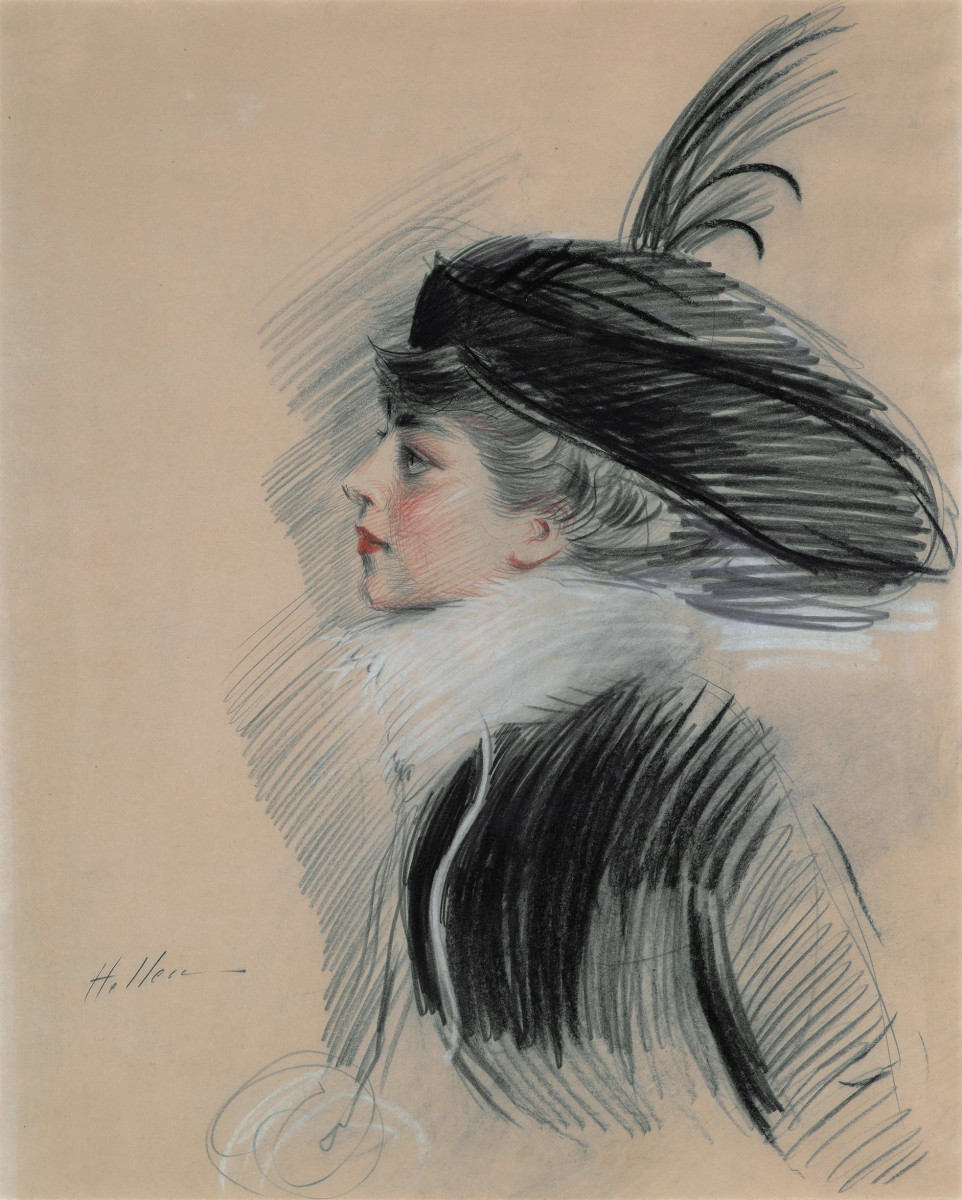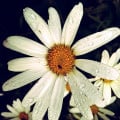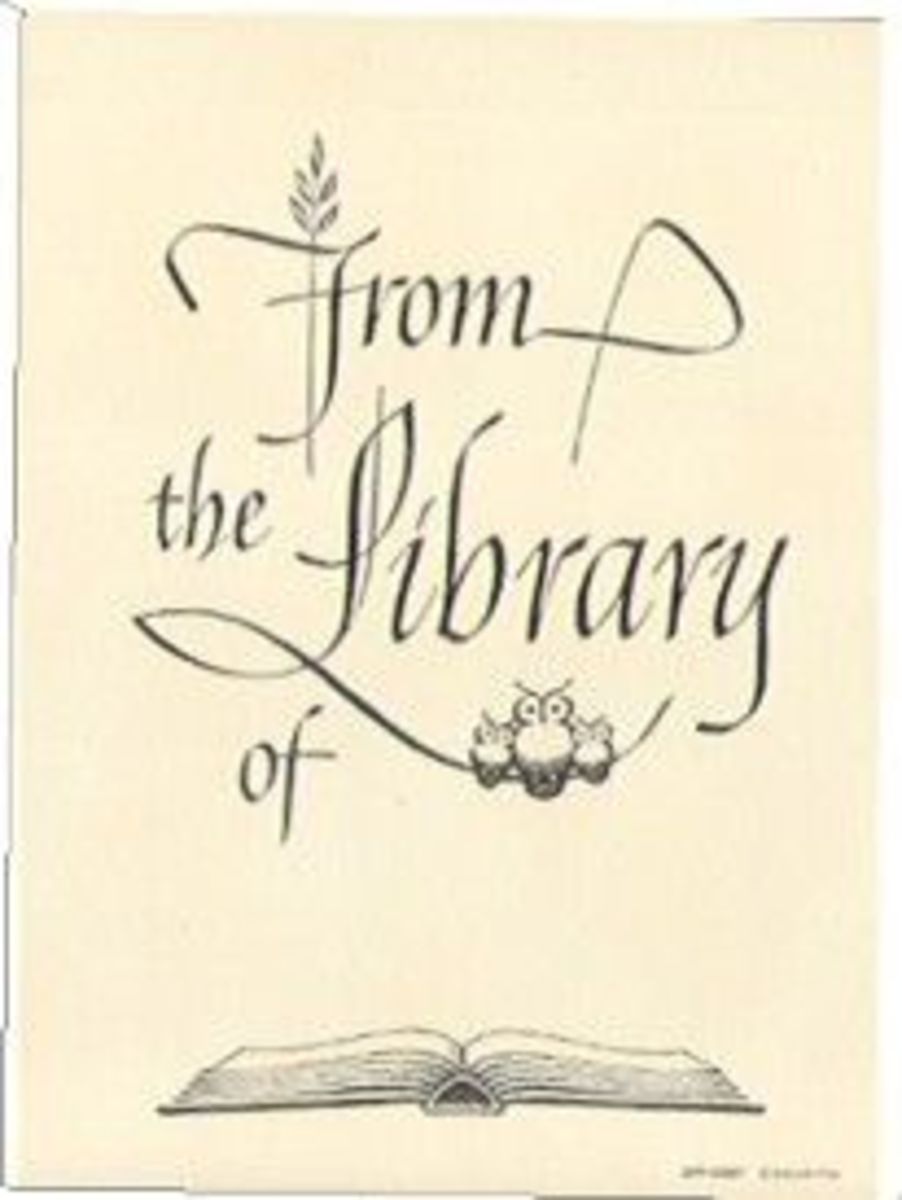How to Find Collectible Books

Why Search for Collectible Books?
I first became interested in the business of book collecting—as opposed to fervor or hobby—by reading two mystery novels in John Dunning’s Bookman series. These books feature Cliff Janeway, a tough, sometimes overzealous homicide detective whose true passion is buying and selling valuable first edition books.
Since Dunning himself is a long-time buyer and seller of collectible books, his Janeway mysteries are like a short course in the business. His tales are certainly enough to whet the appetite of a reader with the slightest inclination for investigating the lucrative aspects of book collecting. (Read the hub Discover John Dunning, the mystery book writer/bookscout, by jstankevickz, to learn more about Dunning and his works.)
My own interest was sharpened, especially since I already own a personal library of thousands of books that I’ve bought over the past half century. I decided to do some research in the field of the professional book dealer—the collector who buys and sells for profit.
One of the first books on the subject I bought and read was Book Finds: How to Find, Buy and Sell Used and Rare Books , the updated 3rd edition by Ian C. Ellis. In addition to the quantity of information he provides about those factors that make a book collectible and valuable (or worthless as a collectible), Ellis suggests two pocket-sized references for the fledgling collector.
A Pocket Guide to the Identification of First Editions and Points of Issue: A Compendium of Points of Issue of Books by 19th-20th Century Authors were both compiled by Bill McBride. These small guides will fit into your pocket or handbag when you’re scouting bookshops, estate sales and other places where "that book" might be found. They contain a lot of information that is too much to memorize, and can be very helpful when you’re out and about evaluating books. All three of the references I’ve mentioned so far were purchased from Amazon.com. Ellis’s book teaches the basics, and it should be the first one you acquire.
Ellis writes that anyone serious about buying and selling collectible books needs good price guides. He recommends American Book Prices Current and Bookman’s Price Index. Information about how to order them can be found on page 249 in Book Finds . The two guides will make a sizeable dent in your budget, but if you are really serious about breaking into the book dealing field, will provide answers to pricing questions that you won’t find anywhere else.
Ellis also devotes space to use of the Internet as a price guide, as well as a medium for selling your book finds, but with a number of caveats. Essentially, he warns against relying on any single guide, but suggests that you use several to increase your prospects.
Although the successful book collector will make regular rounds of book shops and other places where used books can be found, not to mention held and perused thoroughly, the Internet has changed the face of book collecting—in some ways for the better; in others, worse. Too many people who are amateurs are pricing books and selling them on eBay. There are eBay sellers who don’t even know book terminology or how to accurately describe a book.
Among the basic rules Ellis teaches the novice book collector, The Rule of Three is mentioned several times throughout his book. It is: a book has to be worth three times what you pay for it in order to make a profit when you sell it. He explains how this works whether you’re using the book to get trade credits in a used bookshop or whether you’re selling for cash. This rule is especially important when you start dealing in pricy books and is one you should definitely memorize. You will forget it at your own risk...and possible failure.
The major factors to consider when buying (or selling) a book are: edition, condition and scarcity. Learning how to identify a first edition is a complex and lengthy subject, so I’ll save it for a future hub in this series, How to Identify a First Edition.
Points are small differences in a book between the first and subsequent editions, including errors that are later corrected, differences in the color tones of the dust jacket on a first edition compared to that of a later one, etc. There are too many of these differences—points—for a person to learn them all, unless, of course, that person has the much-envied, but rare, true photographic memory. This is where reference books can savethe day, and Bill McBride’s pocket-size reference can follow you to the bookshop to help you as you seek to evaluate a particular book.
Condition
Now, let’s imagine a scenario: You already have a lot of true first edition books in your personal collection. However, let’s say those books have been moved numerous times over the years from one residence to another, crammed into packing boxes. They’ve been stacked flat, lying on their spines or packed too tightly into shelving or storage boxes. Some may have page wrinkling, the telltale result of dampness. The bindings may be loose, the dust jackets chipped or torn, pages with dog-ears or—horrors!—writing (not the author’s signature) in ink inside the book.
These books are worthless as collectibles unless you have a book so rare and in demand that it’s collectible even with many flaws. (Don’t hold your breath.) They’re still good reading copies, but most are not worth whatever price you paid for them, even if bought when hard covers sold for $12 rather than $32 or more at retail prices.
Book dealers know the proper way to describe the condition of a book, looking first at the dust jacket, which takes priority in when determining a book’s price, about 80%. The book can be in great condition, but if its jacket has flaws, the whole suffers in value.
The grades for condition are (from best to worst): Very Fine, Fine, Near Fine, Very Good, Good, Poor.
· Very Fine – perfect, mint condition, both dust jacket and book. No sign the book has ever been read, with tight pages and sharp corners. No defects at all.
· Fine – Slightly less than perfect. May have some sign that book has been read, such as less tightness of pages, but no obvious defects. Some dealers consider Fine the highest grade.
· Near Fine (also designated as “Else Fine”) – Almost perfect with one very small specific flaw, such as a tiny mark in the dust jacket or a page inside the book, or a tiny bump at a board’s corner.
· Very Good – Book is intact with its dust jacket on, but it may have easier-to-notice flaws. A dog-ear, or bent corner, small mark on pages, rubbing or fading from sun on the dust jacket. Clipping the price from the inside flap with scissors will automatically downgrade a book which is otherwise in near-perfect condition. Books that have been placed on sale and have a tell-tale remainder mark are, even if in otherwise excellent condition, graded Very Good. A lot of the books you’ll have in your personal library will fall into this category unless you’ve known from the beginning how to properly care for them. (How to Care for Books is the topic of a future hub in this series.)
· Good – This grade is only considered by serious collectors for books that are in demand but rarely found in better condition than Good. The dust jacket will have chips, tears…perhaps even stains. The book will have problems ranging from stains, tears and loose binding to extensive writing on the pages. A book graded Good may be just fine for a reading copy, but, unless it fits in the “rare” category, its selling price will be low.
· Poor – The Poor grade book is in worse condition than the Good, and will only be bought by someone who just wants a reading copy without regard to keeping it. It may have library markings, which render it worthless from a collectible point of view. Great for taking to the beach—if it gets wet, no great loss. Next stop: the recycling bin.
Scarcity
Identifying true first editions and being able to grade books for condition are only the first steps in gauging a book's value. Scarcity of an in-demand book creates a difference in pricing and may change the rules relative to condition if few or no other copies are available.
This is where you will need an authoritative price guide for rare collectible books. One of the most popular is Collected Books: The Guide to Values , by Allen and Patricia Ahearn.
Rarity is only one of the factors that will determine how much a book is worth, whether you're buying or selling. In addition to the price guide named above, there are several websites where booksellers who stock collectible books list them for sale. One example is ABEBooks.com. It’s a good place to learn about proper book descriptions and check on prices.
Searching an author’s name and “bibliography” online provides a list of what that author published--especially crucial for deceased authors. The Internet also lets you access authors’, publishers’ and dealers’ websites, repositories of information about which books are collectibles and how to get them for the best price.
Your goal, if you're a collector of books for profit, (and mine) should be to find a true first edition--in mint condition--of a rare book in high demand at the very lowest price possible. If extremely fortunate, we might run across a high-end book priced for practically nothing at a garage sale or an estate sale, where the owners don't know what they have, or even on the dollar shelf of a bookstore that specializes in another type of book. These are just a few of the places where it's possible to strike the Mother Lode of book collecting, with a large pinch of luck. It’s happened to others, and it could happen to you. It could happen to me. That’s one of the reasons why I look for collectible books. The other is the thrill of the hunt. When you know that special book might be just around the corner...in the next place you look...it is almost as exciting as finding it...almost!
Thanks for reading....JayeWisdom
Learn From the Expert

Thanks for reading and supporting this HubPages writer!
Please vote and leave comments. Your feedback is valuable to me.
NOTE: I am the author of this article, and it is owned by me in entirety.It is not available for use by reproducing in any form without my express written permission. If you see all or any part of this article (as written) on another site, please notify me where it can be found. Theft of a writer's work is plagiarism, and stealing another's words is no less wrong than any other theft.
Other Hubs in this series about collecting books
© 2010 Jaye Denman






